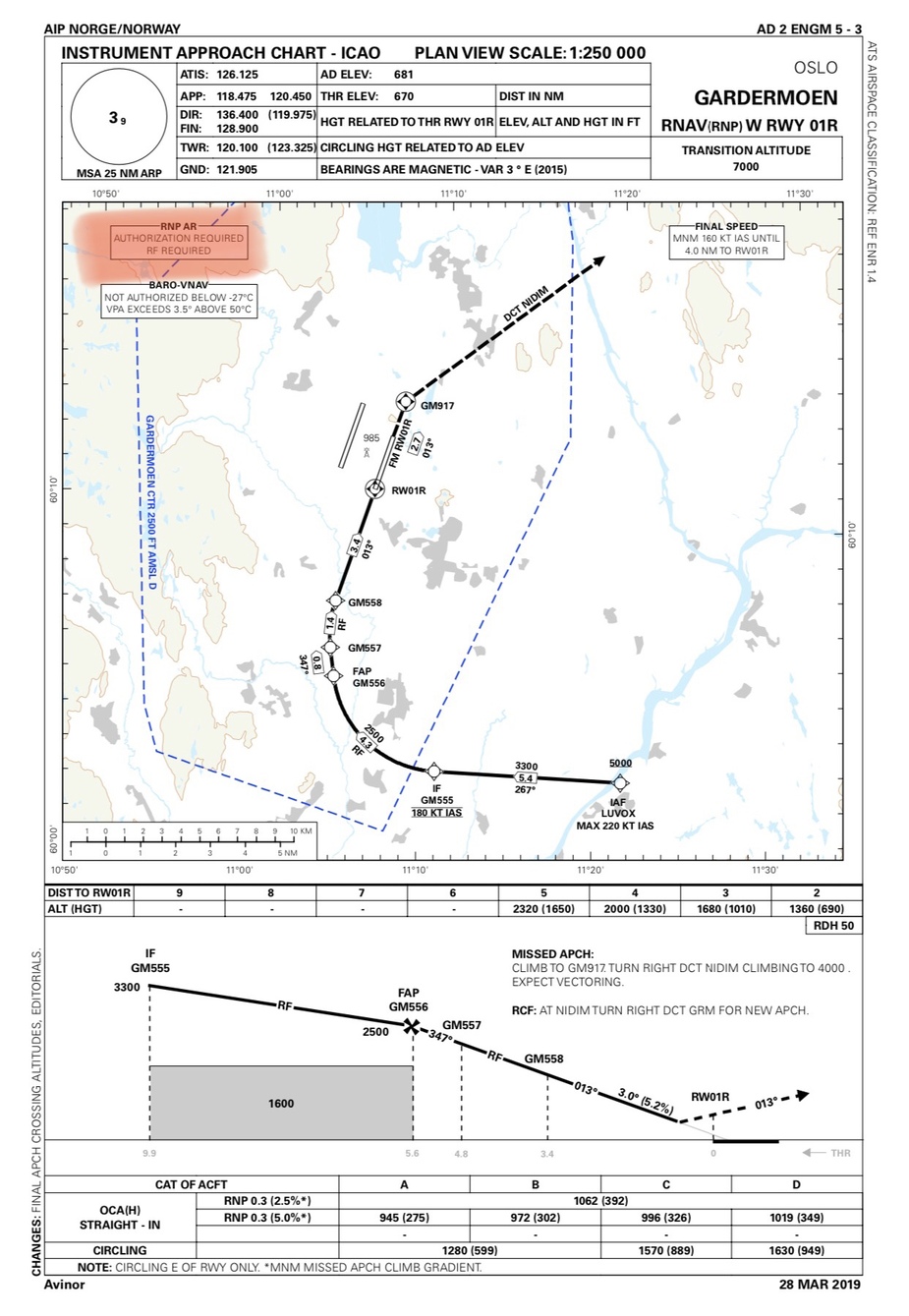In the US, the FAA dealt with legacy equipment that did not have approvals in the existing AFMS for RNAV 1 by publishing a document referenced in AC 90-100A called the AC 90-100A Compliance Document
Other AC describe the requirements for various RNP Operations:
AC 90-100A includes:
Required Navigation Performance Approach (RNP APCH) procedures;
•Barometric vertical navigation (baro-VNAV);
•RNP 1 (terminal) operations;
•RNP 0.3 (rotorcraft) operations;
•RNP 2 domestic, offshore, oceanic, and remote continental operations;
•RNP 4 oceanic and remote continental operations;
•RNP 10 (Area Navigation (RNAV) 10) oceanic and remote continental operations;
•Advanced Required Navigation Performance (A-RNP), and
•Additional Capabilities
AC 90-107 includes LPV and LP
AC 90-108 includes use of RNAV on conventional routes and procedures.
arj1 wrote:
@Airborne_Again, the question is: if there is aircraft A with, say, GNS430 installed before a certain paperwork was released and then there is an aircraft B, done afterwards, what is the procedure to remove that “VFR only” sticker on aircraft A:
1. remove all the hardware, install it from scratch or
2. test all hardware and cables, ensure it complies with a major/minor mod (no interference etc), change the cables and/or antennae as needed or
3. something else?And who can do it for a G-reg?
As far as I understand, it is “something else”. The question is not (primarily) whether the equipment was properly installed from a hardware point of view (although that could possible also be a factor) but rather that you must convince the authority that the equipment is safe to use as installed.
Possibly the authority may not feel that it is safe to navigate using the CDI indication on the GPS display and instead demand a separate CDI. Or they may demand separate annunciators unless the GPS is sufficiently near the centre of the pilot’s field of vision.
An example of this process was that 5 or so years ago, a British company developed an STC to allow LPV operations with the GNS430W/530W. That STC could be applied directly to already existing installations as long as certain conditions were fulfilled.
@Airborne_Again, the question is: if there is aircraft A with, say, GNS430 installed before a certain paperwork was released and then there is an aircraft B, done afterwards, what is the procedure to remove that “VFR only” sticker on aircraft A:
1. remove all the hardware, install it from scratch or
2. test all hardware and cables, ensure it complies with a major/minor mod (no interference etc), change the cables and/or antennae as needed or
3. something else?
And who can do it for a G-reg?
arj1 wrote:
And how can you get it approved?
Do a full testing by an avionics specialist?
Or just a bit of paper?
You have to demonstrate to the authority that the installation satisfies all requirements for the relevant operations.
Usually this is done by the equipment manufacturer when the STC is approved. If not, you have to demonstrate it to the authority to get a modification approval.
One of the things you need to demonstrate is that the pilot can easily see annunciations on the box. E.g. the STC for the Garmin GTN650 states that the box must be placed at a maximum distance from the center of the pilot’s view.
It’s not enough that the equipment is approved, the installation must be approved, too.
newer planes will have this info mentioned in the POH, older ones in a supplement (AFMS)
It gets complicated when no references in POH/AFMS are available. EASA accepts some FAA advisory circulars that go into detail on what is suitable. See the other thread where I tried to establish if an older Cirrus with GNS430 avionics can fly RNP approaches to LNAV minima.
Airborne_Again wrote:
It’s not enough that the equipment is approved, the installation must be approved, too. That’s why there’s a lot of GNS430 (non-SBAS) installations that are not approved for RNAV 1 or RNP APCH because at the time they were installed, the authorities thought such advanced specifications were too dangerous for the populace.
And how can you get it approved?
Do a full testing by an avionics specialist?
Or just a bit of paper?
Snoopy wrote:
I’d say if the equipment is approved for PBN/RNP operation, (newer planes will have this info mentioned in the POH, older ones in a supplement (AFMS), you can fly LNAV, LNAV/VNAV and LPV.
It’s not enough that the equipment is approved, the installation must be approved, too. That’s why there’s a lot of GNS430 (non-SBAS) installations that are not approved for RNAV 1 or RNP APCH because at the time they were installed, the authorities thought such advanced specifications were too dangerous for the populace.
Some aircraft with non-SBAS G1000 are approved for RNAV 1 (e.g. the Cessna 172S) but from what I’ve read here in EuroGA some other are not (DA40, IIRC) although they use the exact same boxes.
I’d say if the equipment is approved for PBN/RNP operation, (newer planes will have this info mentioned in the POH, older ones in a supplement (AFMS), you can fly LNAV, LNAV/VNAV and LPV.
The exception are RNP-AR apporoaches.
In the US, we are authorized to fly an RNAV (GPS) approach procedure to an LNAV/VNAV minimum DA using the TSO C145/146 type navigator for the vertical guidance. What is the status in Europe?
Two apps with LPV minima should be in the database, which corresponds to the current AIRAC cycle. So it’s not luck but
A) depends on your equipment being capable (a non WAAS/SBAS/EGNOS box will not contain LNAV/VNAV, LPV procedures)
B) having the current database active.
Norway also has RNP AR (authorization required) approaches. These shall only be flown if aircraft and crew are authorized by the CAA.


RNP AR
